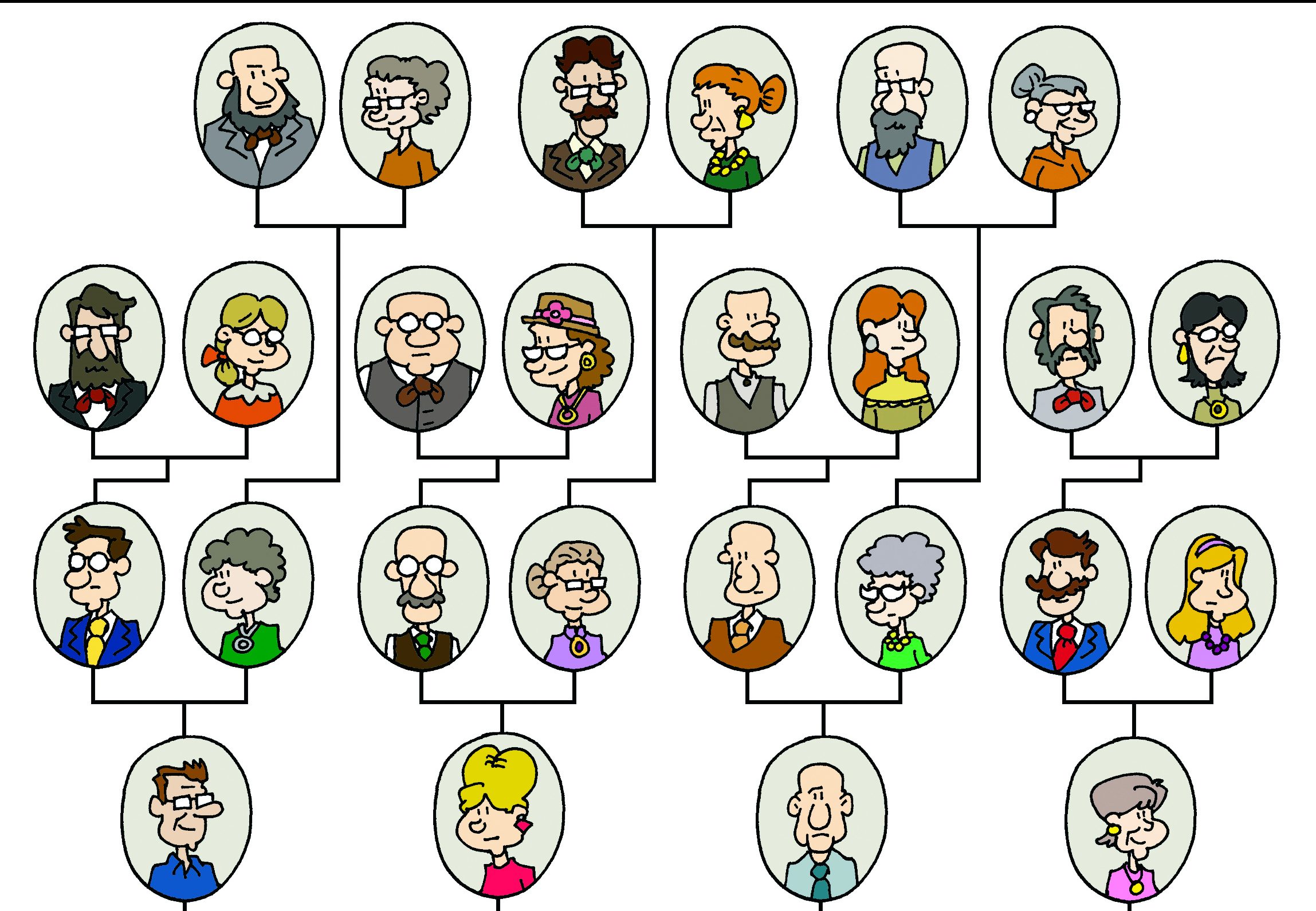QUESTION:
Was it common to name a child the same name of a previous, deceased, or stillborn child? ie; John David was born still in 1872 but his brother, John Daniel was born in 1875… or Mary Elizabeth was born and died 3 days later in 1902, but Mary Catherine was born in 1907. Was that just something they did?
—Amanda Starry
NOT-YOUR-GRANDMOTHER ANSWER:
It doesn’t take much research into family history to realize how important it was in bygone eras to name your child after a family member. The first son and daughter after the children’s grandfather and grandmother; the second ones after yourself and spouse; later children after siblings—that was a common naming pattern in nineteenth-century Scotland and Ireland. Naming patterns often produced generation after generation of people who carried the same names. (Confusing much?)
That may seem odd and extraordinary to our day; likewise, our penchant for giving children names because they sound pretty or current would seem quite impersonal to those of other times.
But what to do when you have honored your father by giving your son his name and then the baby dies at six months old? Infant and child mortality rates were very high. Our ancestors felt no qualms about redeploying the name for the next child. That may seem insensitive to us, as though the child were that easily replaced. But the reality of death was ever present with our ancestors.
When we get sick or injured, we take antibiotics or have a medical procedure done. In most eras of human history, when people got sick or injured, they usually died. Often, by time a couple married and had children, the couple was already orphaned. I suppose having a living child carry a parent’s name helped keep the deceased loved one’s memory alive.
Remember: if you come across a child given the same name as one previously born, start looking for a death record. Chances are the older sibling died, the family grieved, and then joyfully blessed another baby with the same name.


